Nestled on the Mokattam Hills of Cairo, Egypt, the Citadel of Salah El-Din stands as one of the most significant historical landmarks in the country. This magnificent structure, built by the legendary leader Salah El-Din (Saladin) in the 12th century, has witnessed centuries of political change, military strategies, and architectural brilliance. It is not only an essential part of Egypt’s historical identity but also a stunning reminder of the grandeur of the Islamic world. This blog will dive into the rich history, architecture, and significance of the Citadel, making it clear why this is one of Cairo’s must-visit attractions.
- Egypt Tour Magic
- Egypt Tour Packages
- Excursions in Egypt
- Cairo Tours and Excursions
- Hurghada Tours and Excursions
- Soma Bay Tours and Excursions
- Makadi Bay Tours and Excursions
- Sahl Hasheesh Tours and Excursions
- El Gouna Tours and Excursions
- Marsa Alam Tours and Excursions
- Port Ghalib Tours and Excursions
- El Quseir Tours and Excursions
- Dendera and Abydos Day Tours
- Aswan Tours and Excursions
- Luxor Tours and Excursions
- Alexandria Tours and Excursions
- Sharm El Sheikh Tours and Excursions
- Top Rated Tours in 2025
- Optional Excursions in Egypt
- Private Transfer
- Blogs About egypt
- Ancient Egypt
- What You Need To know Before Your First Trip To Egypt
- Best Places to Visit in Egypt 2025
- Top Attractions in Red Sea Resorts 2025
- Top 10 Tourist Activities in Egypt
- Top 30 Activities You Can’t Miss in Egypt
- The Guide to Guided Tours in Egypt
- Egypt’s Ancient and Modern History
- The Nile River
- The Deserts of Egypt
- Historical Sites in Egypt
- Cairo
- Alexandria
- Luxor
- Aswan
- The Red Sea
- Dendera Temple
- El Fayoum Oasis
- Bahariya Oasis
- Siwa Oasis
- Al Alamein
- Marsa Matruh
- Ancient Egyptian gods
- famous Egyptian dishes
- UNESCO World Heritage sites
- About Us
- Why Egypt Tour Magic
- Egypt Tour Magic
- Egypt Tour Packages
- Excursions in Egypt
- Cairo Tours and Excursions
- Hurghada Tours and Excursions
- Soma Bay Tours and Excursions
- Makadi Bay Tours and Excursions
- Sahl Hasheesh Tours and Excursions
- El Gouna Tours and Excursions
- Marsa Alam Tours and Excursions
- Port Ghalib Tours and Excursions
- El Quseir Tours and Excursions
- Dendera and Abydos Day Tours
- Aswan Tours and Excursions
- Luxor Tours and Excursions
- Alexandria Tours and Excursions
- Sharm El Sheikh Tours and Excursions
- Top Rated Tours in 2025
- Optional Excursions in Egypt
- Private Transfer
- Blogs About egypt
- Ancient Egypt
- What You Need To know Before Your First Trip To Egypt
- Best Places to Visit in Egypt 2025
- Top Attractions in Red Sea Resorts 2025
- Top 10 Tourist Activities in Egypt
- Top 30 Activities You Can’t Miss in Egypt
- The Guide to Guided Tours in Egypt
- Egypt’s Ancient and Modern History
- The Nile River
- The Deserts of Egypt
- Historical Sites in Egypt
- Cairo
- Alexandria
- Luxor
- Aswan
- The Red Sea
- Dendera Temple
- El Fayoum Oasis
- Bahariya Oasis
- Siwa Oasis
- Al Alamein
- Marsa Matruh
- Ancient Egyptian gods
- famous Egyptian dishes
- UNESCO World Heritage sites
- About Us
- Why Egypt Tour Magic
Exploring the Majestic Citadel of Salah El-Din: A Historical Landmark in Cairo
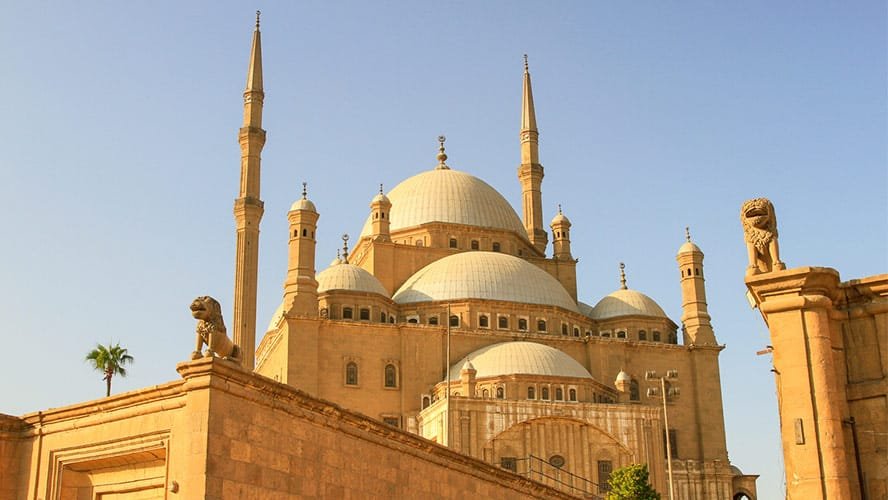
A Glimpse into History: The Rise of the Citadel
The Citadel of Salah El-Din was constructed between 1176 and 1183, under the leadership of the Kurdish Muslim general Salah El-Din, also known as Saladin. His reign marked one of the most pivotal moments in the history of the Crusades, as he succeeded in reclaiming Jerusalem from the Crusaders in 1187. Recognizing the strategic importance of Cairo and its vulnerability to foreign invasions, Saladin decided to build a fortress on the Mokattam Hills to safeguard the city. The location of the Citadel was chosen carefully. Positioned high above Cairo, it offered an unobstructed view of the city, allowing the rulers to keep a watchful eye on any potential threats. The Citadel’s construction was not merely for defense; it became the center of political and military power in Egypt. Saladin’s successors, including the Mamluks and the Ottomans, continued to use the Citadel as the seat of their governance, extending its role as a symbol of Egypt’s military might. Over the centuries, various rulers made significant additions to the Citadel, including the construction of mosques, palaces, and military buildings, which added to its status as a hub of political and cultural power in the region. By the 19th century, under the rule of Muhammad Ali Pasha, the Citadel underwent substantial renovations, cementing its place in the history of modern Egypt. It remained the seat of government until the end of the 19th century, marking its enduring legacy as one of Cairo’s most important historical sites.
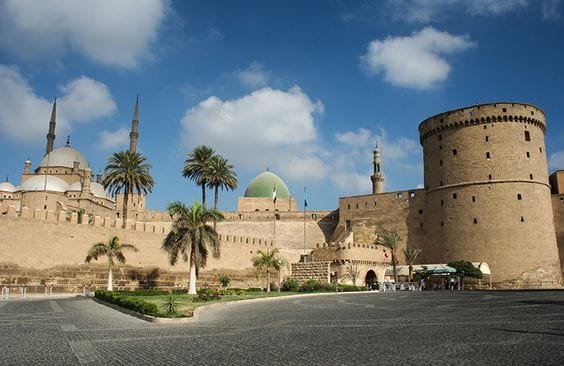
Architectural Marvels: A Blend of Islamic Influence
The Citadel of Salah El-Din is not only a military fortress but also an architectural masterpiece. Its design is a reflection of Islamic architectural styles that were prevalent during the medieval period, blending elements from both the Mamluk and Ottoman periods. The most iconic structure within the Citadel is the Mosque of Muhammad Ali, which dominates the skyline and is considered one of Cairo's most significant religious landmarks. The Mosque of Muhammad Ali, often called the Alabaster Mosque due to its distinctive alabaster-clad exterior, was built between 1828 and 1848 under the rule of Muhammad Ali Pasha. The mosque was constructed to symbolize the power and wealth of the Muhammad Ali dynasty, a period during which Egypt underwent extensive modernization. The mosque’s design incorporates Ottoman architectural styles, with a large central dome and two towering minarets, which add to the grandeur of the structure. Inside, the mosque boasts beautiful marble floors, intricate chandeliers, and a spacious prayer hall that can accommodate hundreds of worshippers. Aside from the mosque, the Citadel houses other architectural gems, including the Suleiman Pasha Mosque, the Gawhara Palace, and the Military Museum. The Gawhara Palace, which once served as the residence of the rulers of Egypt, offers a glimpse into the opulence of the 19th-century Egyptian court. The National Military Museum, located within the Citadel, showcases Egypt’s military history, offering visitors the chance to view artifacts from ancient Egypt all the way through the modern era. This blending of architectural styles makes the Citadel a strikingly beautiful and historically rich site, offering visitors an impressive insight into Islamic architecture and Egypt’s grand past.
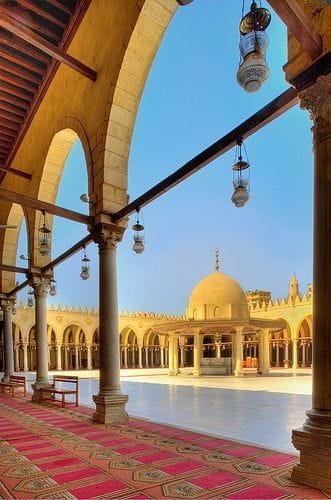
The Citadel’s Significance in Egyptian History
The Citadel’s significance in Egyptian history cannot be overstated. From its origins as a military stronghold in the 12th century, it became a symbol of the power and prestige of successive rulers in Egypt. Saladin’s decision to build the Citadel in the wake of his victories against the Crusaders was a clear signal of his desire to establish a lasting legacy of protection and authority in the heart of Egypt. The location and fortifications of the Citadel allowed Egyptian rulers to control the city of Cairo and the surrounding region effectively. Throughout its history, the Citadel has been at the center of several key moments in Egyptian politics and warfare. Under the Mamluks, who followed Saladin’s reign, the Citadel remained a hub of military activity, from training armies to preparing for wars. The Mamluks added their own structures to the Citadel, leaving their imprint on its design. After the Mamluks came the Ottoman Empire, whose rulers continued to use the Citadel as the political center of Egypt. The Ottomans expanded the Citadel further and built some of the most well-known architectural landmarks within its walls. In the 19th century, during the rule of Muhammad Ali Pasha, the Citadel saw its most significant transformation. Muhammad Ali, the founder of modern Egypt, used the Citadel as the base for his military reforms and modernization efforts. His renovations included the construction of the Mosque of Muhammad Ali and the establishment of several other administrative and military institutions within the Citadel. This era also marked the beginning of Egypt’s transition into the modern age, with significant changes to its governance and infrastructure. Even today, the Citadel is an enduring symbol of Egypt's rich military and political heritage, reflecting centuries of change and adaptation. It is a reminder of the strategic importance Cairo held throughout history and the resilience of its people.
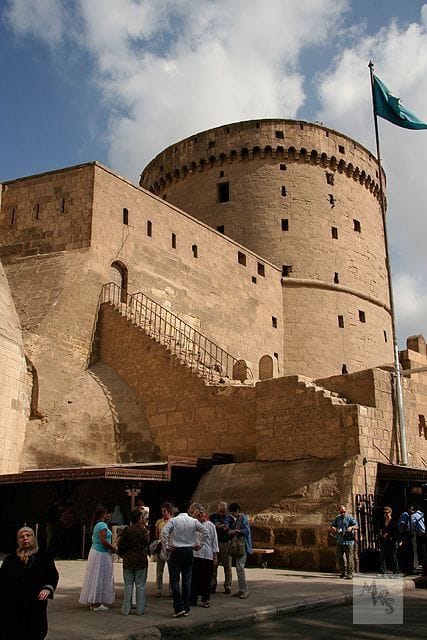
The Citadel Today: A Popular Tourist Destination
Today, the Citadel of Salah El-Din is one of Cairo's top tourist attractions, drawing visitors from all over the world. Its strategic position atop the Mokattam Hills offers one of the most stunning panoramic views of the city. Visitors can gaze out over Cairo's bustling streets, the Nile River, and the famous Pyramids of Giza in the distance—truly a sight to behold. Whether you are a history enthusiast, an architecture lover, or simply someone looking to enjoy the beauty of Cairo, the Citadel offers something for everyone. One of the primary attractions within the Citadel is the Mosque of Muhammad Ali, which stands as a testament to the grandeur of Islamic architecture. The mosque’s magnificent dome and minarets are a defining feature of Cairo’s skyline. Visitors can explore the mosque’s intricate interiors and take in the stunning views from its terraces. In addition to the mosque, the Citadel is home to several other fascinating sites, including the National Military Museum, which offers a deeper understanding of Egypt’s military history, and the Police Museum, which highlights the history of law enforcement in the country. There are also several palaces and smaller mosques to explore within the Citadel’s grounds. Aside from its historical and cultural offerings, the Citadel provides a peaceful escape from the hustle and bustle of Cairo. Its spacious courtyards and gardens are perfect for leisurely strolls, while the cool breeze atop the hills makes it an ideal spot to relax and take in the beauty of the city. Visitors can also enjoy the surrounding cafes and shops, where they can sample traditional Egyptian food or purchase souvenirs.
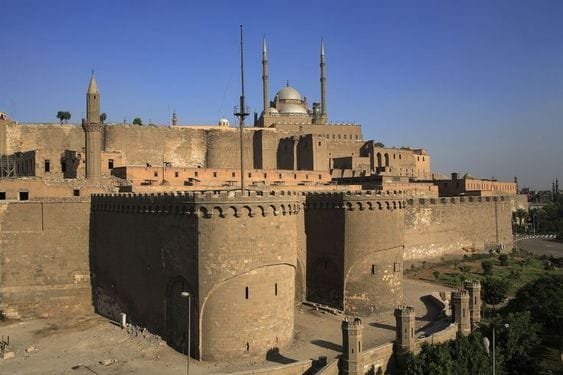
How to Visit the Citadel of Salah El-Din
Visiting the Citadel of Salah El-Din is relatively easy, as it is located in the heart of Cairo and is easily accessible from other parts of the city. Travelers can take a taxi or use public transportation to reach the Citadel, which is situated near the historic center of Cairo. It is recommended to hire a guide to enrich your experience, as they can provide detailed historical context and insights about the Citadel and its various structures. The Citadel is open daily to visitors, with opening hours typically from 9:00 AM to 5:00 PM. There is an entrance fee to visit the Citadel, and additional fees may apply for entry to certain structures, such as the Mosque of Muhammad Ali or the museums inside. It is important to check ahead for the latest prices and operating hours. To get the most out of your visit, plan to spend a few hours exploring the site. Wear comfortable shoes, as there is a fair amount of walking involved, especially if you want to take in all of the Citadel’s breathtaking views and historical landmarks.
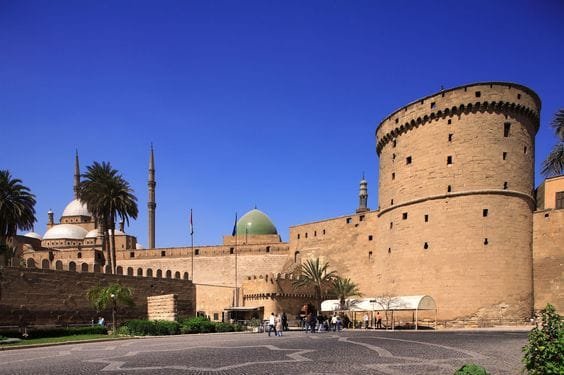
The Cultural Impact of the Citadel of Salah El-Din
The Citadel of Salah El-Din holds not only historical and architectural significance but also a profound cultural impact on both Egypt and the broader Arab world. Over the centuries, it has been a symbol of military strength, political power, and Islamic heritage. Its place in the hearts of Egyptians is undeniable, as it represents a pivotal period in their history—when Cairo was at the center of political and military affairs in the region. The Citadel continues to play a crucial role in the national identity of modern Egypt. As a cultural landmark, the Citadel stands as a bridge between Egypt’s past and present. Its role as a seat of government for over seven centuries has made it an essential part of the country's collective memory, intertwined with tales of triumphs and struggles. The Citadel is not merely a relic of the past; it remains a part of the ongoing conversation about Egypt’s historical legacy and its place in the Arab world. It inspires national pride, as it evokes memories of Egypt’s glorious Islamic past and the resilience of its rulers in the face of external threats. The Citadel has also inspired countless artists, writers, and filmmakers. Its grand mosques, palaces, and towering walls have often been featured in literature, cinema, and photography as a representation of Egypt’s grandeur. Whether portrayed in movies about historical events or immortalized in paintings and photographs, the Citadel continues to captivate the imagination of those who encounter it. In addition, the Citadel is a hub for cultural events, festivals, and exhibitions, often hosting activities that celebrate Egypt's artistic and cultural heritage. It has become a space for learning, reflection, and celebration, attracting visitors not only for its historical significance but also for its role in preserving Egypt’s vibrant culture.


